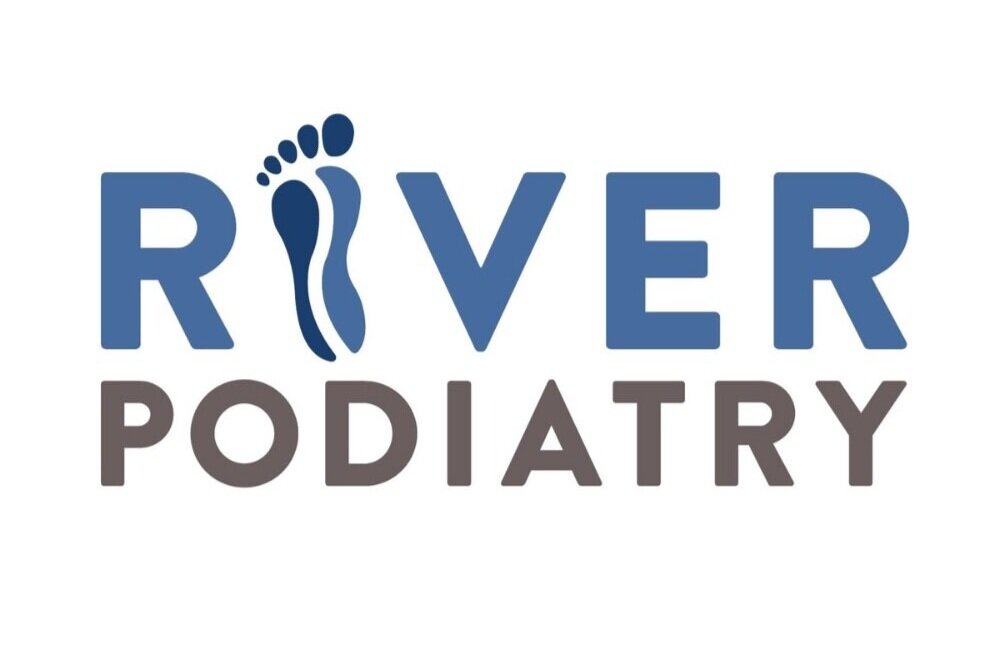EXPLAINING BIG TOE ARTHRITIS
Do you ever experience pain at the base of your big toe? If so you’re not alone, in fact about 40% of all adults over the age of 50 suffer from toe pain. What’s the cause of this pain? Hallux rigidus, which is also known as big toe arthritis.
What is Big Toe Arthritis?
At the base of your toe, there is a joint called the first metatarsophalangeal joint, or MTP joint. The MTP joint connects the long bone of the forefoot to the small bone of the big toe. Due to the mechanics of your feet, the MTP joint is particularly prone to arthritis. As a matter of fact, big toe arthritis is the most common cause of foot pain amongst my patience.
Symptoms
Now that I have explained what hallux rigidus is let’s discuss the symptoms of this debilitating disease.
Amongst my patients, the most common symptom is severe pain around the base of their toe. My patience usually explains that the pain increases with activity, specifically running and jumping. Other common signs of hallux rigidus are swelling of the big toe, a large lump at the side of the MTP joint due to bone spur formation, and calluses caused by the abnormal shape of the toe.
Diagnosis
To properly diagnose big toe arthritis I first test the mobility of my patience’s MTP joint by comparing it to the opposite foot to see how much motion the arthritic foot has lost. Next, I examine x-rays to determine how much of the joint cartilage has been damaged and to see if bone spurs have formed in the joint. Determining the extent of arthritis affecting your big toe will create a guide for me to determine the best treatment plan going forward.
Treatment
When treating big toe arthritis my first priority is reducing inflammation by choosing the right footwear for you. These options include:
Wearing stiff-soled shoes: Stiff-soled shoes limit motion at the base of the big toe to prevent irritation and inflammation. If you’d prefer to keep your existing footwear, inserts can be made to help add support. Now if you’re shopping for a new pair of shoes the biggest advice I can give you is to look for footwear that doesn't have a flexible sole. This will prevent the arthritic joint from bending.
Adding a rocker-bottom to shoes: A rocker-bottom is a curved sole that can be added to your existing footwear. The rocker-bottom acts much like a rocking chair and helps the foot easily transition from the heel to the toe while walking.
Anti-inflammatory medications: An anti-inflammatory will decrease the pain and swelling of your big toe. Usually, oral medication is sufficient, but if you find that it is not helping I can give an injection of cortisol into your big toe. Testimonial from my patients is that a pro of the cortisol injection is that relief is rapid and long-lasting while the con is that the injection itself can be slightly painful.
Is Surgery Necessary?
My medical opinion is that yes sometimes surgery can be the best treatment for hallux rigidus. As I stated above I prefer to start with the least invasive treatment first. If you find that the more conservative methods aren’t working, you and I would then discuss the possibility of surgery.
There are two options for surgery, Minimally Invasive Surgical (MIS) fusion, and MIS Cheilectomy. My goal with the treatment of big toe arthritis is to have my patients pain free and back to their regular routines as quickly and efficiently as possible.
River Podiatry, with offices in Pearl River NY and Midland Park NJ, provides individualized and comprehensive, treatment for patients suffering from various foot health issues. The practice specializes in foot and ankle surgery, as well as diabetic wound care. Make an appointment today with podiatrist and surgeon Dr. Han!

